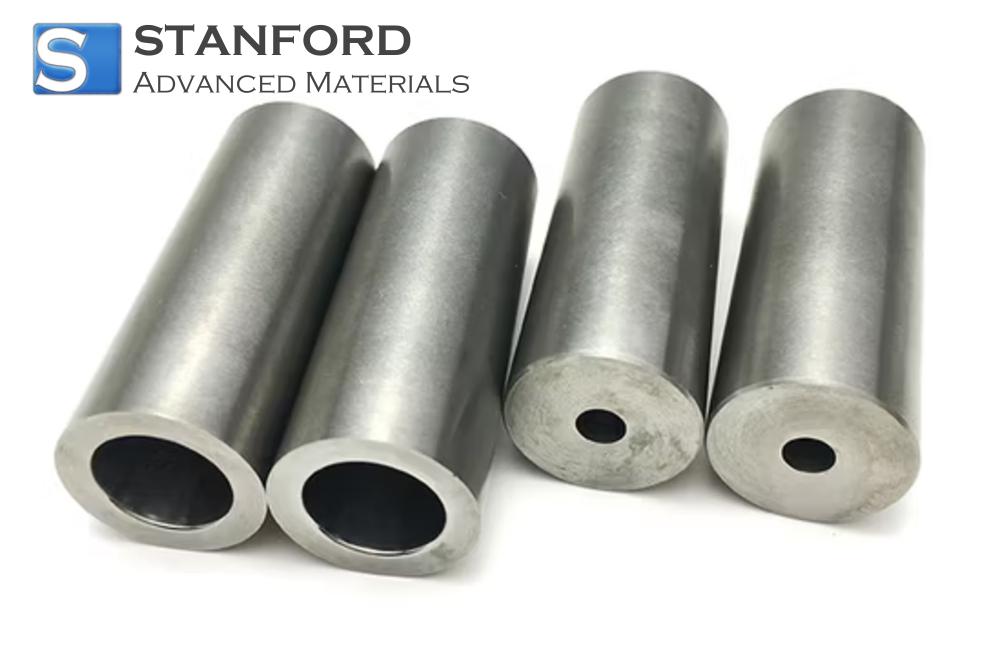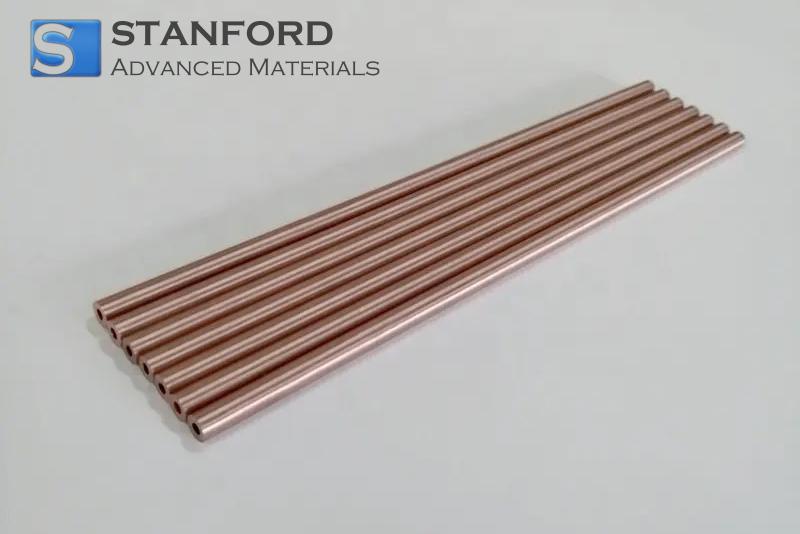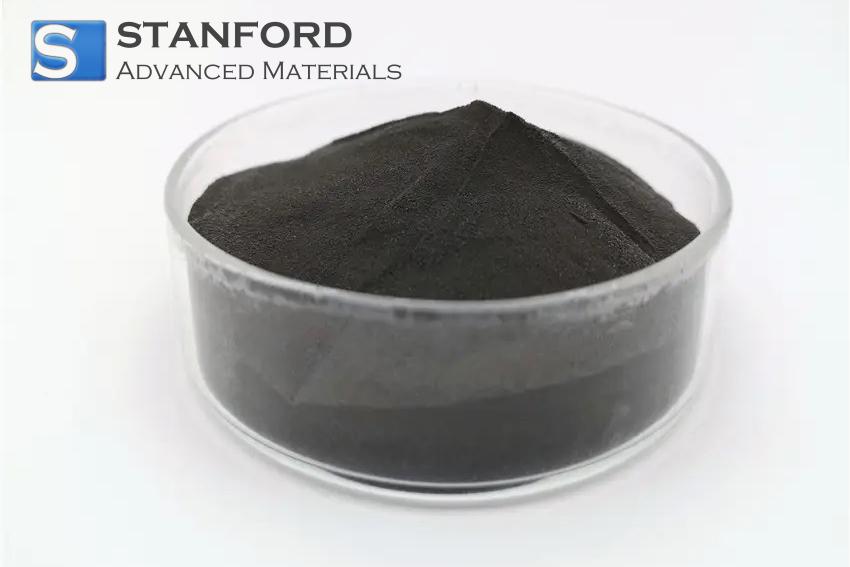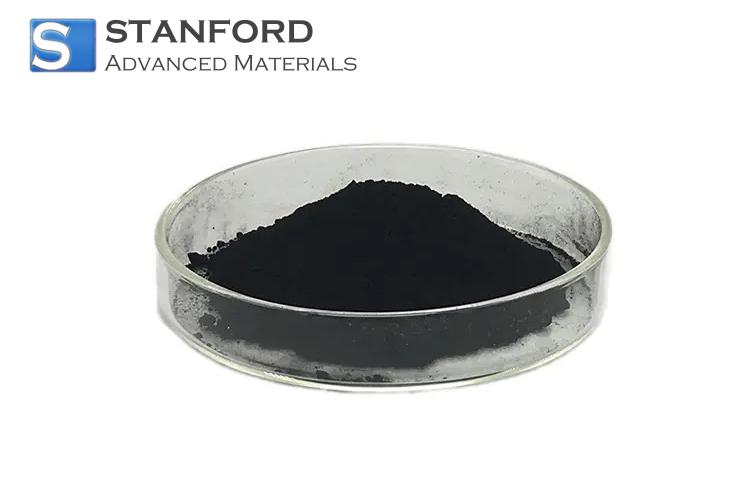Rhodium: Element Properties And Uses
Description
Rhodium is a rare, silvery-white metal that has outstanding catalytic properties, excellent corrosion resistance, and high reflectivity. It is extremely important in automotive, chemical, and industrial applications.

History and Development
Rhodium was discovered in 1803 by the British chemist William Hyde Wollaston, who isolated the metal from platinum ores. The name of the element derives from the Greek word rhodon, meaning "rose," due to the red colour of its salts. Rhodium is a member of the group of platinum group metals (PGMs) and displays many characteristics common to them, such as a high resistance to corrosion and outstanding catalytic capabilities. Over time, the special properties of rhodium have ensured increasing demand for it in various industries, particularly in automotive exhaust systems and in the production of chemicals.
Although initially identified in the early 19th century, it was during the mid-20th century that widespread industrial applications for rhodium finally emerged, particularly with the development of catalytic converters for automobiles. Since then, it has become one of the most valuable and sought-after metals, largely due to its role in reducing harmful emissions and improving efficiency in chemical processes.
Chemical Properties Description
Rhodium is chemically inert under most environmental conditions, hence extremely resistant to corrosion and oxidation. It forms a protective oxide layer naturally, which protects the metal from further chemical attack; this accounts for the durability and stability of the said metal. Various oxidation states can be adopted by rhodium, but the most common as well as the most stable is zero, making it appropriate for catalysis. This stability enables it to withstand adverse conditions, such as high temperatures and reactive atmospheres, without deterioration.
This resistance of the metal to these drastic conditions has favoured it in processes requiring longevity, especially in catalytic converters for automobiles, where it is utilised to catalyse the conversion of toxic gases such as carbon monoxide and nitrogen oxides into less harmful substances.
Physical Properties
|
Property |
Value |
Unit |
|
Atomic Number |
45 |
– |
|
Atomic Weight |
102.91 |
amu |
|
Density |
12.41 |
g/cm³ |
|
Melting Point |
1,964 |
°C |
|
Boiling Point |
3,695 |
°C |
Rhodium possesses excellent thermal stability with a very high melting point of 1,964°C that makes it suitable for performing at high temperatures. Its high density adds strength and toughness for resistance under severe conditions. Regarding electrical conductivity, rhodium is less conductive than either gold or silver, but its high reflectivity provides an excellent reflective coating in optical devices and premium mirrors.
Uses of Rhodium
Rhodium finds wide applications across various fields owing to its unique properties. The most common applications include:
1. Automotive Catalytic Converters
Rhodium is widely used in vehicle catalytic converters, which assist in the reduction of harmful emissions through the transformation of toxic gases such as carbon monoxide, hydrocarbons, and nitrogen oxides into less harmful substances such as carbon dioxide and nitrogen. This application accounts for a large part of global demand for rhodium.
2. Chemical Catalysis
Rhodium is employed in the chemical industry as a catalyst in the production of nitric acid, acetic acid, and hydrogenation reactions. Its role in expediting chemical reactions places it in an indispensable position regarding the production of a variety of important chemicals, whether for fertilisers or synthetic materials.
3. Plating Jewellery
Rhodium is often plated onto jewellery items, particularly those of white gold and platinum, to provide an additional shine and resistance to tarnish. Its reflective surface grants the jewellery a brilliant, polished finish, with its corrosion resistance ensuring that the jewellery maintains its appearance over time.
4. Electrical Contacts and Reflective Coatings
With its excellent reflectivity, rhodium has become a highly sought-after material in the creation of high-quality optical equipment, such as mirrors and reflectors. In electrical contacts, it finds application in cases requiring durability and resistance to corrosion.
5. Nuclear and Aerospace Applications
Due to its high melting point, rhodium finds specific applications within both the aerospace and nuclear industries because of its resistance to corrosion. These characteristics enable it to retain structural integrity in extreme conditions, thus making it suitable for use in high-performance components.
Related reading: 10 Common Uses of Industrial Precious Metals
Production and Availability
Rhodium is one of the rarest elements on Earth, with annual production measured in kilograms rather than tons. It is primarily extracted from platinum ores, which contain small amounts of rhodium. Production involves mining platinum-group metals, followed by smelting and refining to isolate rhodium. Due to its rarity, rhodium can also be recycled, and recycled material accounts for approximately 10% of the total global supply.
Extraction and refining represent a complex and costly process for rhodium. The high value and demand of the metal in automotive and industrial applications have rendered it a highly expensive material, with prices fluctuating considerably based on supply and demand dynamics within the global market.
Safety and Risks
Although rhodium is very resistant to corrosion and oxidation, there are no significant health risks under normal conditions. Note that the refining and industrial use of rhodium typically involves handling platinum-group metal compounds, which can be hazardous if appropriate precautions are not taken. Work with rhodium and its derivatives should be conducted with adequate ventilation, personal protective equipment, and adherence to safety standards due to potential exposure to harmful substances.
Frequently Asked Questions
1. What is rhodium, and why is it valuable?
Rhodium is a rare, silvery-white metallic element that exhibits excellent catalytic properties, resistance to corrosion, and high reflectivity. Its main uses and value derive from its application in vehicle catalytic converters and chemical processes.
2. How is rhodium extracted?
Extracting rhodium from platinum-group ores involves an extensive process involving smelting and chemical separations. It is also recovered via recycling, accounting for about 10% of its total production.
3. For what purposes is rhodium mainly used?
The most common uses for rhodium include automotive catalytic converters, chemical catalysts, electrical contacts, reflective coatings, and for plating white gold, silver, and other jewellery.
4. Is rhodium used in the same way as platinum and palladium?
While rhodium shares certain characteristics with platinum and palladium, such as being part of the platinum group of metals, it is actually more valuable for its primary application in catalytic converters, whereas platinum and palladium have more varied applications.
5. How sustainable is rhodium production?
The reasons are evident: the scarcity of rhodium in nature and the complexity of the extraction process. Rhodium recycling from used catalytic converters, along with other industrial products containing this element, provides a more sustainable supply of the metal. However, mining and refining still pose significant environmental challenges.

 Bars
Bars
 Beads & Spheres
Beads & Spheres
 Bolts & Nuts
Bolts & Nuts
 Crucibles
Crucibles
 Discs
Discs
 Fibers & Fabrics
Fibers & Fabrics
 Films
Films
 Flake
Flake
 Foams
Foams
 Foil
Foil
 Granules
Granules
 Honeycombs
Honeycombs
 Ink
Ink
 Laminate
Laminate
 Lumps
Lumps
 Meshes
Meshes
 Metallised Film
Metallised Film
 Plate
Plate
 Powders
Powders
 Rod
Rod
 Sheets
Sheets
 Single Crystals
Single Crystals
 Sputtering Target
Sputtering Target
 Tubes
Tubes
 Washer
Washer
 Wires
Wires
 Converters & Calculators
Converters & Calculators
 Write for Us
Write for Us





 Chin Trento
Chin Trento



